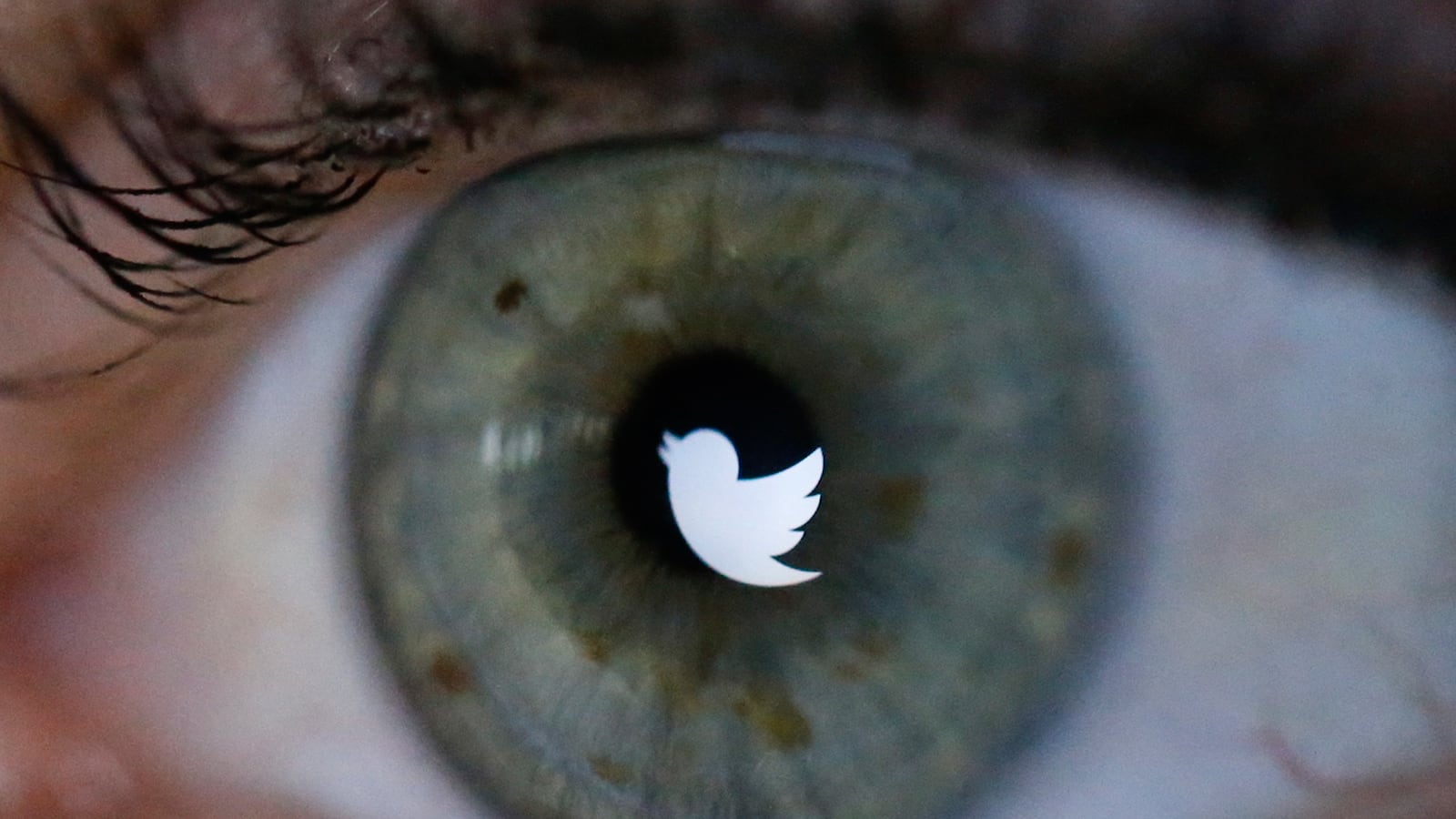Professional and citizen journalists rely on social media to tell stories. But as anyone—and essentially everyone—fooled by Bachelor producer Elan Gale’s “epic” in-flight note-passing war, or Notre Dame's Manti Te’o’s fake dead girlfriend, can tell you, verifying Twitter’s constant stream of information can be daunting at best, and at worst, impossible.
Enter Wellesley College’s computer science department. Their recently released TRAILS gives the gullible a new place to turn in the ongoing quest figure out if an Internet rumor is true, or too good to be.
TRAILS is a an interactive web tool that tracks the spread of a story from buzzy tweets, allowing users to investigate where the tweets originated, how they spread, and track their denials.
TRAILS provides skeptical users with two major metrics for each story: propagation level from extensive, to high, moderate, low and insignificant and skepticism level, from undisputed, to hesitant, dubious and extremely doubtful.
After several tests, the researchers have found some hope in their early data. Despite the number of hoaxes that make their way through Twitter to national news, the Wellesley College researchers have found that false rumors just don’t spread like the truth. In fact, most of the false rumors they tracked on Twitter showed low to insignificant propagation.

“Intuitively, this conjecture can be explained as an example of the power of crowd sourcing,” the authors explained in their yet-to-be released paper on their findings. “Since the ancient times philosophers have argued that people will not willing do bad unless they are guided by irrational impulses, such as anger, fear, confusion or hatred. Therefore, the more people see some false information, the more likely it is that they will either raise an objection or simply decide not to repeat it further.”
The World Economic Forum, who named “the rapid spread of misinformation online” as one of the world’s biggest challenges in its 2014 Outlook, also noted that Twitter is often the best community to debunk its own false rumors. During the summer 2011 riots in the UK, for example, Twitter users had both spread and debunked a rumor that looters had attacked a children’s hospital—all before the hospital and media could comment.
According to the researchers, the system collects:
Originator: Who posted the information first?
Burst: When and how did the story break?
Timeline: Is the story still spreading at the time of the inquiry?
Propagators: Who has been retweeting and spreading the story, given the retweets often indicate agreement?
Negation: Were there any related denying stories competing for attention?
Main actors: Who were the main actors in the propagation, according to the Twitter audience?
You can take a look at the their most recent investigations—from whether Anonymous really took over the KKK Twitter feed to if a quarter million Texas turkeys actually have Ebola—on their blog, twittertrails.com.







